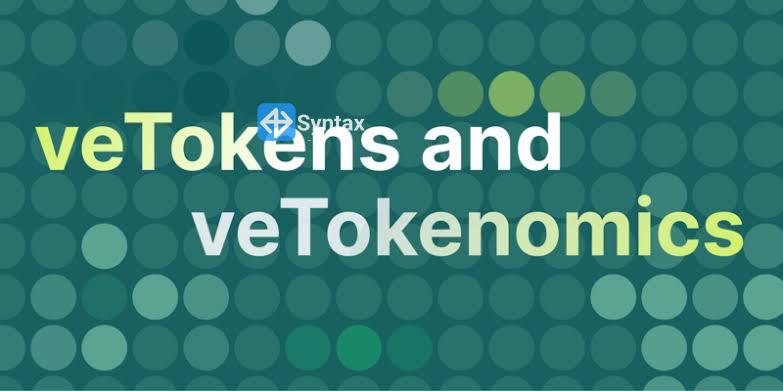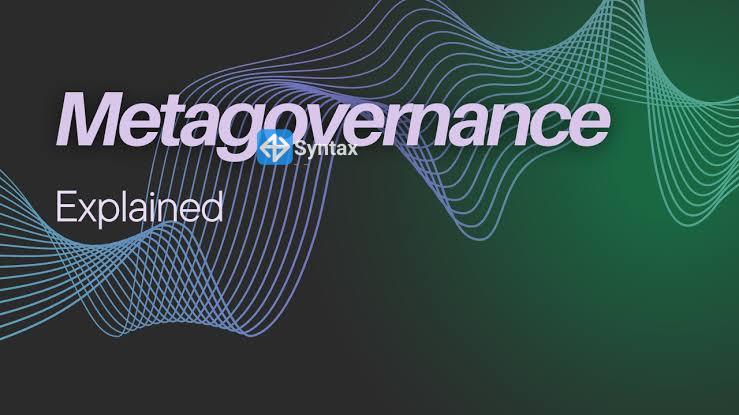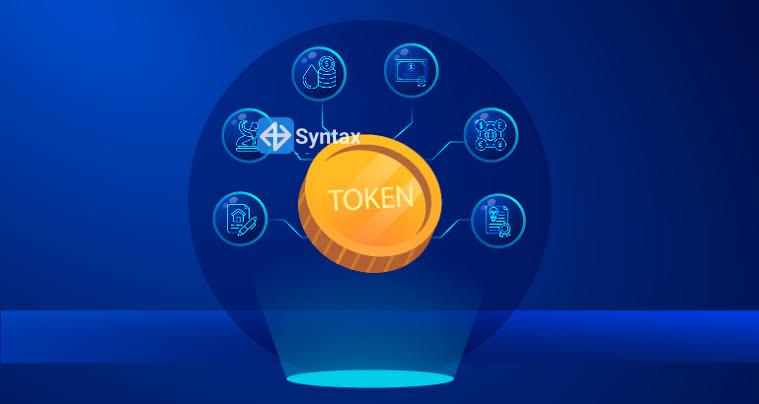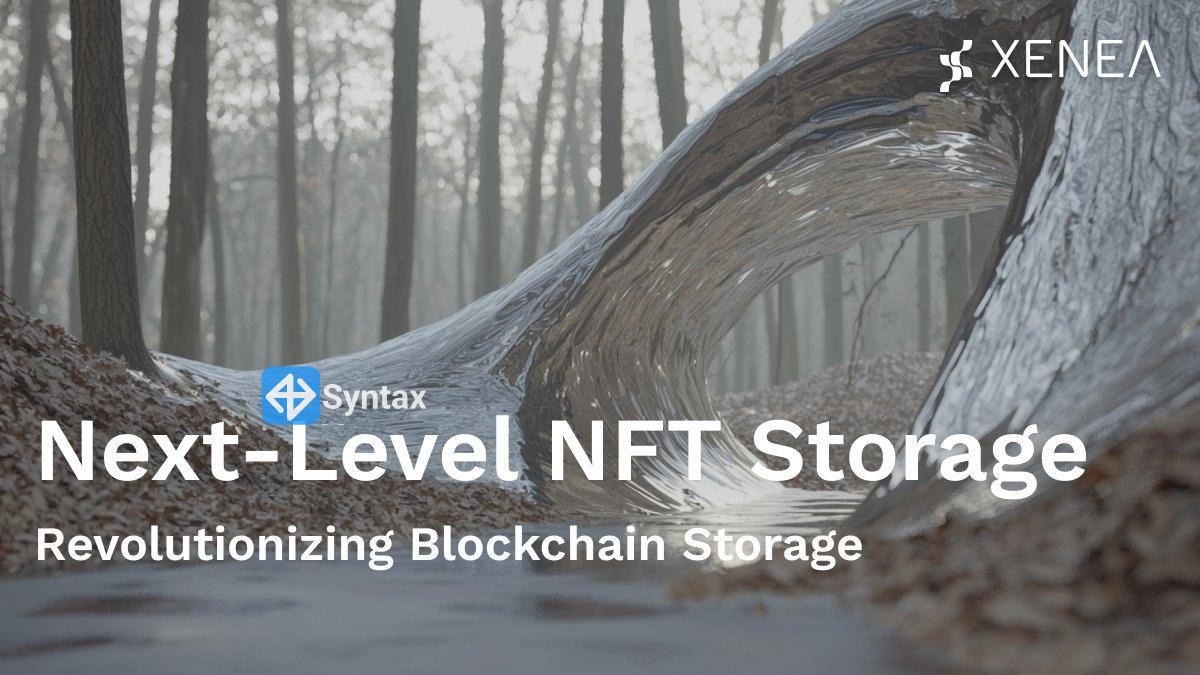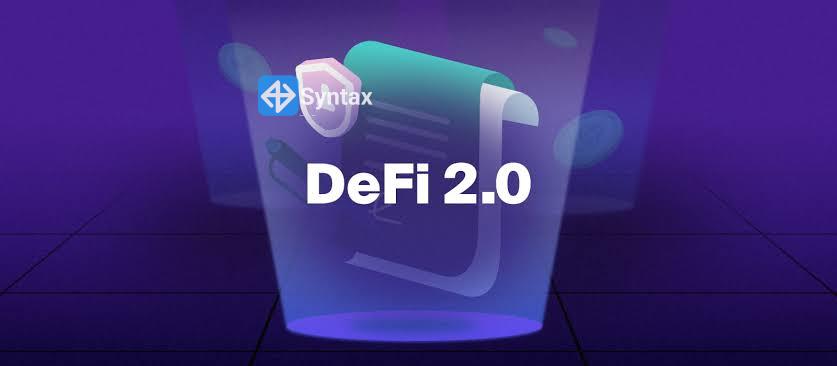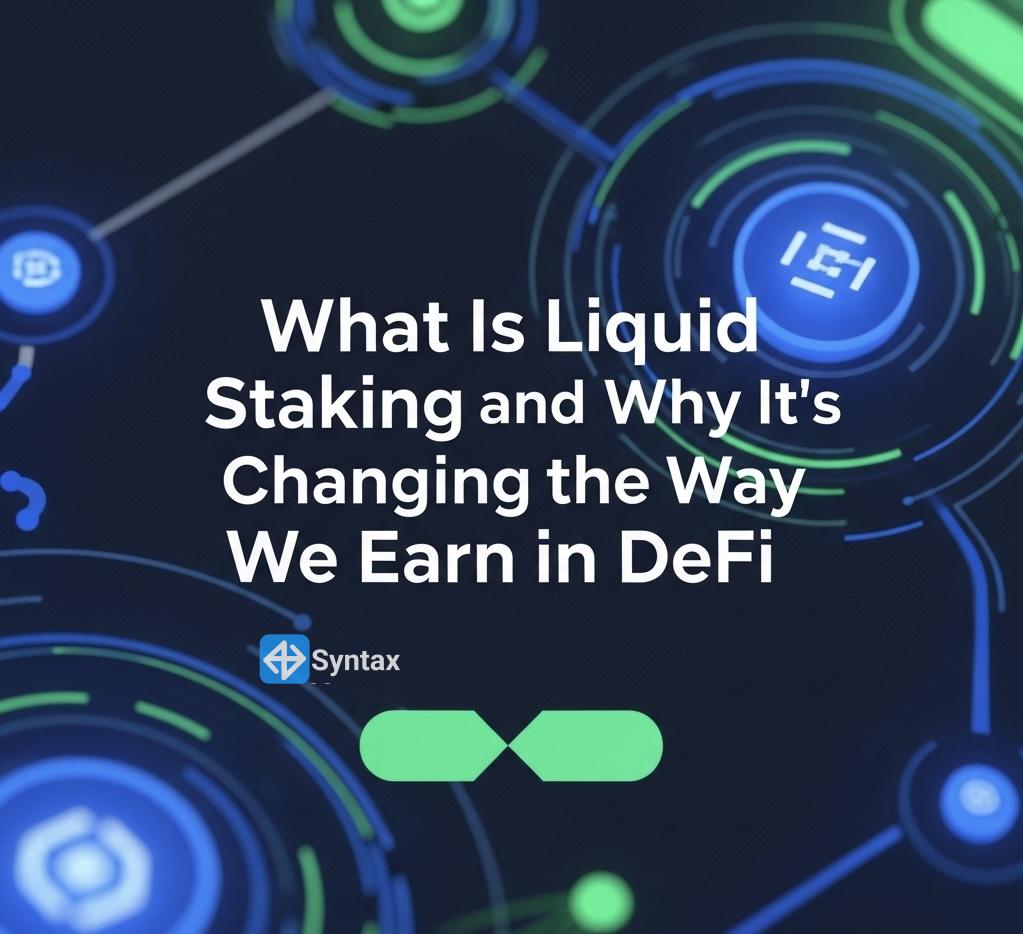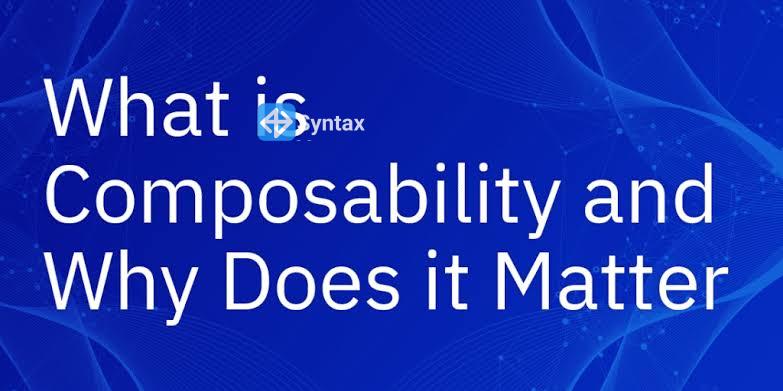When people talk about how “big” a cryptocurrency is, they’re usually referring to its market capitalization, also known as market cap. While price often gets the spotlight, market cap tells a much clearer story about a coin or token’s size, influence, and potential in the crypto space.
So, what exactly is market cap, and why should you care? Let’s break it down in a simple and practical way.
What Is Market Cap in Crypto?
In the world of cryptocurrencies, market cap is the total value of a coin or token in circulation. It’s calculated using a very simple formula:
Market Cap = Current Price × Circulating Supply
Let’s say a token is worth $2 and there are 100 million tokens in circulation. That means its market cap is:
$2 × 100,000,000 = $200 million
This value represents the total market value of all tokens currently available to the public.
Why Does Market Cap Matter?
Market cap does more than just show a number, it gives investors insight into how established, risky, or undervalued a project might be.
1. It Helps Classify Projects
Projects are often grouped by market cap size:
- Large-cap: Over $10 billion – considered more stable (e.g., Bitcoin, Ethereum)
- Mid-cap: $1 billion to $10 billion – growing, but with more risk
- Small-cap: Under $1 billion – high growth potential, but higher volatility
This helps investors assess risk before diving in.
2. It Gives Context to Price
Just because a token is “cheap” at $0.01 doesn’t mean it’s a hidden gem. If the token has a huge circulating supply, its market cap might already be massive, leaving little room for growth. Market cap helps you avoid the trap of thinking low price means high potential.
3. It Reflects Project Value
A rising market cap usually means more people are investing, and confidence is growing in the project. Conversely, a dropping market cap can signal investor exit or loss of trust.
4. It Affects Rankings
Most crypto tracking platforms like CoinMarketCap or CoinGecko rank coins by market cap, not price. This makes market cap one of the most visible and important metrics for visibility and legitimacy.
Limitations of Market Cap
While market cap is useful, it’s not a perfect measure. Here’s why:
- It doesn’t show how many tokens are locked, reserved, or lost.
- It doesn’t factor in liquidity or real-world use cases.
- A coin can be manipulated if most tokens are held by a small group (a.k.a. whales).
That’s why you should always look at market cap in combination with other data like trading volume, token distribution, and circulating vs total supply.
So, next time you're evaluating a token, don’t stop at the price. Check the market cap, it might just give you the full picture you need to make smarter moves in the crypto world.



